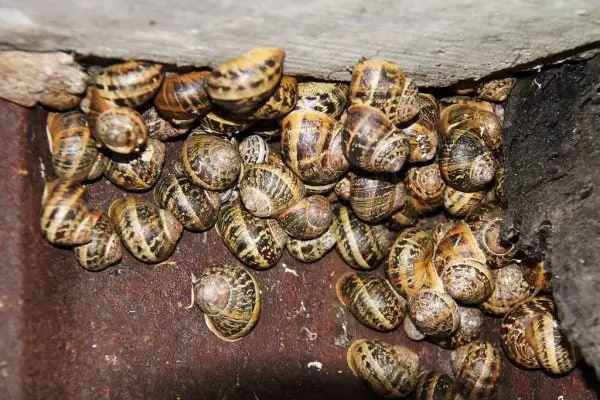Apes, with their captivating intelligence, remarkable social behaviors, and expressive eyes, have captivated humankind for millennia. Beyond their impressive physical attributes, these fascinating creatures exhibit complex social structures and play a vital role in maintaining the delicate balance of rainforest ecosystems. Delving into the diverse collective nouns used to describe groups of apes offers a glimpse into their social dynamics, ecological significance, and the challenges they face in our changing world.
Collective Nouns for Apes
While “troop” reigns supreme as the most commonly used term for a large group of apes, signifying their cohesive movement and shared purpose, other terms paint a more nuanced picture depending on the context:
- Troop: This term evokes a sense of unity, strength, and collective action. It signifies a large group of apes living together in a single area, typically with a well-defined social hierarchy led by a dominant male or female. The image it creates is one of a group of apes moving through the forest together, their movements coordinated and purposeful, showcasing their reliance on each other and their cooperative spirit.
Example: As the sun dipped below the horizon, casting long shadows across the rainforest canopy, a troop of chimpanzees descended from the trees, their synchronized movements and shared social structure evident in their coordinated descent.
- Band: This term, often associated with musicians or outlaws, signifies a smaller group of apes within a larger troop, often consisting of family members or individuals with similar social standing. The image it creates is one of a smaller group of apes moving or foraging together, their actions demonstrating their close social bonds and shared experiences within the larger troop structure.
Example: Separated from the main troop, a band of bonobos playfully explored the forest floor, their social interactions and relaxed postures highlighting their close familial bonds and cooperative spirit within the larger social structure.
- Shrewdness: This term, typically associated with intelligence and cunning, signifies a group of apes exhibiting remarkable problem-solving skills or cooperative behaviors. The image it creates is one of a group of apes working together to obtain food, solve a challenge, or outsmart a potential predator, showcasing their remarkable cognitive abilities and capacity for coordinated action.
Example: Faced with a difficult-to-reach fruit tree, a shrewdness of orangutans collaborated, utilizing sticks and leaves as tools and displaying impressive problem-solving skills, highlighting their intelligence and ability to work together to achieve a common goal.
- Barrel: This term, often associated with monkeys, also signifies a small, playful, and energetic group of apes, often consisting of young individuals engaged in social interaction or exploration. The image it creates is one of a group of young apes playfully interacting, their movements energetic and exuberant, showcasing their social learning and development within the safe confines of the troop.
Example: As the afternoon sun filtered through the leaves, a barrel of gorilla youngsters frolicked near their mothers, their playful interactions and energetic movements highlighting the importance of social play in their development and learning.
Interesting Facts About Apes
Understanding these diverse terms goes beyond mere vocabulary; it allows us to appreciate the intricate world of apes and their vital role in our ecosystems:
Masters of Intelligence: Apes are highly intelligent animals, capable of complex problem-solving, tool use, and even rudimentary communication through vocalizations and gestures. Their intelligence contributes significantly to their survival and social interactions within the troop.
Guardians of the Forest: Apes play a crucial role in maintaining the health of rainforest ecosystems. As seed dispersers, they contribute to forest regeneration by carrying and dropping seeds over vast areas. Additionally, their foraging behaviors help control insect and fruit populations, maintaining a natural balance within the ecosystem.
Facing the Future: Apes face numerous threats due to habitat loss, illegal hunting, and the spread of infectious diseases. By protecting their habitats, promoting sustainable practices, and supporting conservation efforts, we can ensure the continued survival of these magnificent creatures and their vital role in our planet’s biodiversity.
Final Thoughts
From the “troop” signifying their cohesive movement to the “shrewdness” highlighting their intelligence, and the “barrel” showcasing their playful interactions, the diverse collective nouns for apes offer a glimpse into their multifaceted lives and enduring presence in our world. By appreciating these terms, understanding their intricate social dynamics and ecological significance, and acknowledging the challenges they face, we can strive to create a future where these remarkable creatures continue to inspire us with their intelligence, social bonds, and vital role in the intricate web of life.
Also Read:






